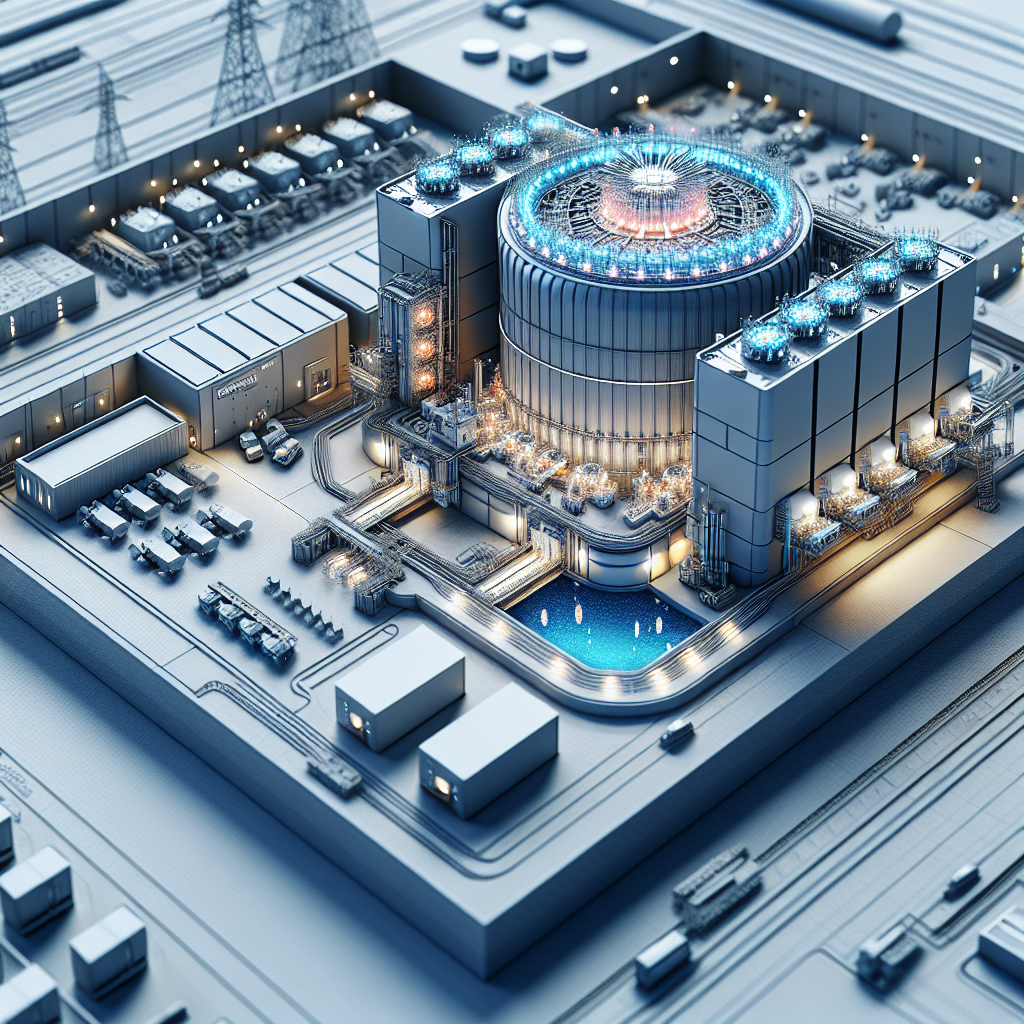Experts Highlight SMRs as Key to Africa’s Energy Future at Kigali Summit

- Country:
- Rwanda
, Rwanda – As Africa charts an ambitious course toward sustainable, equitable energy access, experts convened in Kigali for the Nuclear Energy Innovation Summit for Africa, where discussions centered on the transformative potential of Small Modular Reactors (SMRs) and Micro Reactors (MMRs) in powering the continent’s energy future. While the promise of these innovative nuclear technologies is clear, stakeholders emphasized that their success hinges on far more than technological readiness—it depends on robust infrastructure, coordinated planning, and strategic investment.
Moderated by Yohannes G. Hailu, Economic Affairs Officer at the UN Economic Commission for Africa (ECA), the session titled “Potential of Small Modular and Micro Reactors in Accelerating Africa’s Energy Transition” focused on how SMRs and MMRs can address widespread electricity shortages, especially in remote and underserved areas, while supporting industrial growth and environmental goals.
Addressing Energy Deficits With New Nuclear Solutions
With over 600 million Africans still lacking access to electricity, panelists emphasized the urgency of accelerating energy access. SMRs—defined as nuclear reactors with outputs of less than 300 megawatts—offer a scalable, safer, and cleaner alternative to large-scale nuclear facilities. One megawatt can serve around 3,000 households, with construction costs ranging from $2 million to $3 million per megawatt.
Countries such as South Africa, Egypt, Ghana, and Kenya are among those exploring nuclear options as part of their long-term energy plans. The appeal of SMRs lies in their modular design, reduced land footprint, faster deployment timelines, and enhanced safety features, making them well-suited for regions with limited grid connectivity or infrastructure.
Infrastructure: The Missing Link in the Energy Equation
Despite advancements in nuclear technologies, Africa continues to grapple with infrastructure bottlenecks. Experts at the summit revealed that around 15% of Africa’s existing generation capacity—approximately 40 GW—cannot be delivered due to infrastructure constraints, inadequate grids, and frequent curtailments, sometimes lasting up to 1,000 hours per year.
“We must not look at generation capacity in isolation,” Hailu warned. “Without functional transmission and distribution infrastructure, even the most advanced technology becomes obsolete.”
Panelists called for synchronized planning that aligns energy generation with long-term infrastructure development, noting that SMRs and MMRs could only achieve their full potential when integrated into a holistic energy strategy.
Regional Integration and Strategic Coordination Are Key
Robert Lisinge, Director of Technology, Innovation, Connectivity, and Infrastructure at ECA, highlighted the need for cross-border collaboration and integrated planning to support nuclear energy deployment.
He referenced the Programme for Infrastructure Development in Africa (PIDA) as a strategic framework that could be expanded to include nuclear energy projects. PIDA currently prioritizes 69 infrastructure megaprojects—primarily in solar, hydro, and transmission—slated for completion by 2030.
“This is an opportunity to conceptualize regional nuclear projects involving multiple countries, which would accelerate energy integration and industrialization,” said Lisinge.
Such projects, he suggested, could leverage shared financing, harmonized regulations, and regional power pools to reduce costs and improve scalability.
Supporting Industry with Clean, Stable Energy
The potential impact of SMRs extends beyond residential access. Brian Dlamini, Planning Engineer for the Southern Africa Power Pool (SAPP), emphasized the role of SMRs in powering Africa’s industrial backbone, particularly the mining sector.
Mining operations are often located in remote, off-grid areas, where diesel generators are the primary source of power. Dlamini noted that SMRs could provide reliable, low-carbon energy to these high-consumption sites, enabling “value addition with clean energy” that enhances Africa’s competitiveness in the global market.
“By deploying SMRs to mining zones, we not only stabilize our power systems but also promote sustainable development of natural resources,” Dlamini said.
The Way Forward: Strategic, Systemic Implementation
The overarching message from the session was clear: while SMRs and MMRs offer exciting possibilities, their deployment must be strategic, integrated, and locally contextualized. Success requires:
-
National and regional infrastructure development
-
Cross-sector coordination
-
Investments in local technical capacity and regulatory frameworks
-
Robust public-private partnerships
Participants underscored that energy innovation must be matched by governance innovation, where policymaking is forward-looking, inclusive, and responsive to Africa’s evolving energy and development needs.
Powering Africa's Next Industrial Chapter
With the continent’s energy demand expected to double by 2040, Africa is at a critical juncture. SMRs and MMRs—paired with traditional renewables and regional cooperation—could be the game changers that bridge the energy access gap, power new industries, and anchor the continent’s green economic future.
The summit concluded with a strong call for policy harmonization, infrastructure investment, and human capital development to ensure Africa doesn’t just adopt innovative energy technologies—but leads in their sustainable deployment.










